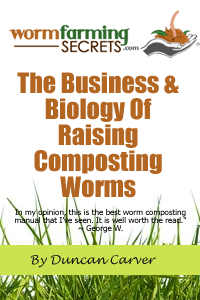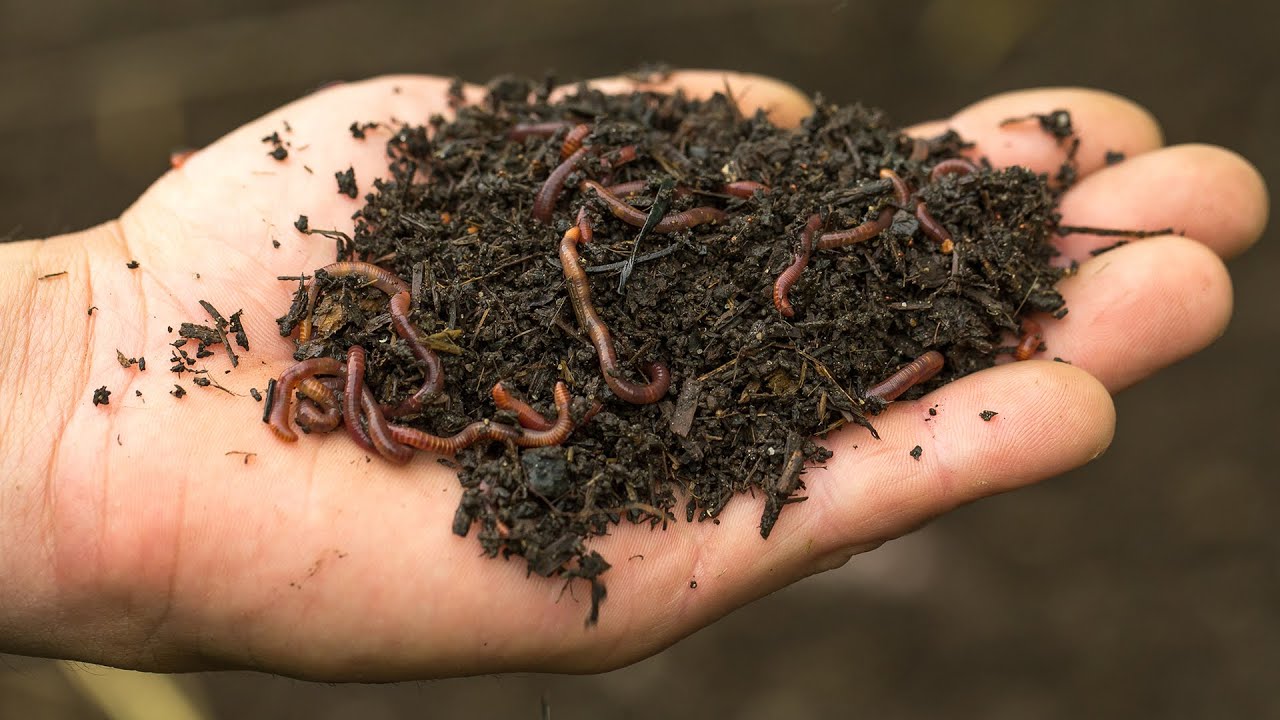Last week we had a question on how to keep your wormery running throughout the winter. I will expand more on this and talk about the changes we need to make with the feeding process.
With temperatures dropping, the rate of composting will be slower, and this is not just because of slowdown activity of the worms. One of the main factors of composting rates slowing down is due to the microbial activity too.
Microbial activity is also very dependent to changes in temperature, and with a lower temperature the rate of food breaking down as well as the growth of microbes will decrease.
Since microbes help the breakdown of food and are a food source themselves for the worms, the worms will detect a lack of food for themselves and slow down their activity to conserve energy.
If a wormery utilizes a heater or heating rods to heat the system, then rates will somewhat improve. If temperatures are kept constant and comfortable, the feeding in the areas near the heating rods can be as normal, but in reality there will be cold spots where the composting rates will be slower.
You may buy a few more heating rods to minimize the number of cold spots, or feed only around the areas of the heat. Using a thermometer will help determine where the hot/cold spots are.
If you don’t use heating rods (and instead insulate your system), then the process needs a bit more of a planning, and you will need to test the waters to see how much your worms are processing. You will definitely need to feed the worms at a slower rate.
The good thing with low temperatures is that bad microbes will also take a longer time to thrive. So even if the worms do not get the chance to work at the organic material, it does not mean the material will start to rot and smell.
If the climate is cold enough in the place you live, you can try using the cold temperature to your advantage and freeze’ or ‘refrigerate’ your organic material.
Place the waste outdoors separate from the wormery system and make sure it is well protected away from the wild animals to prevent them from accessing it. A plastic bag may not be enough and you may require a bucket with a secure lid.
With the freezing method what you will have is a bucket full of frozen organic material which will almost not degrade at all through the cold winter. On the other hand your wormery system is insulated and the material in there will be breaking down.
Whenever the wormery system needs feeding, throw in the frozen/cold organic material and let the worms do their job!
Once the temperature starts lifting, and composting rates start returning to normal, you can then throw the cold organic material into the wormery and allow the worms to process the rest of the material ready for spring.



